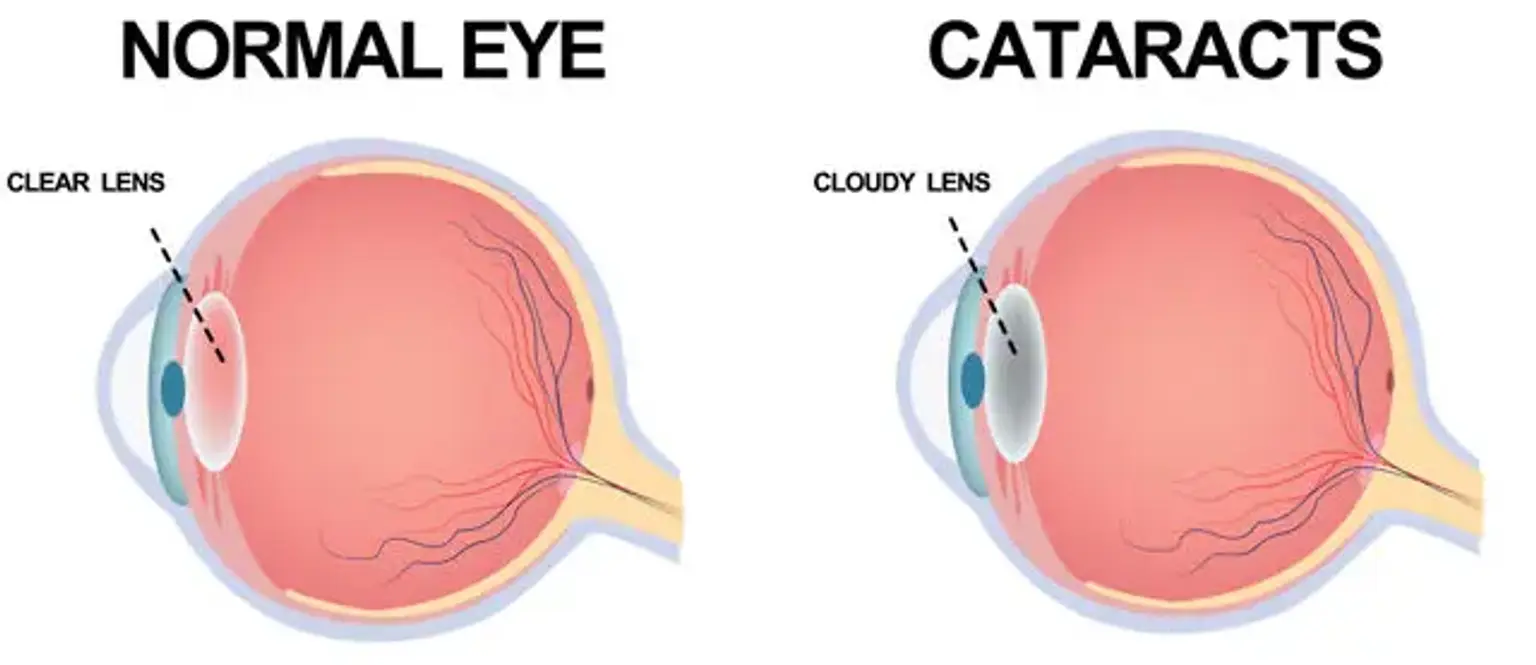Cataract
A cataract is a hazy, dense region that occurs in the eye's lens. If proteins within the eye clump together, the lens cannot convey clearer images to the retina, resulting in a cataract. The retina converts light that enters the eye via the lens into signals. These signals are sent to the optic nerve, which then travels to the brain.
Cataracts are widespread among the elderly. It progresses slowly and eventually obstructs your eyesight. Cataracts can form in both eyes, but they don't normally develop at the same time. Luckily, surgical intervention is a safe and effective way of addressing the condition in most patients.
